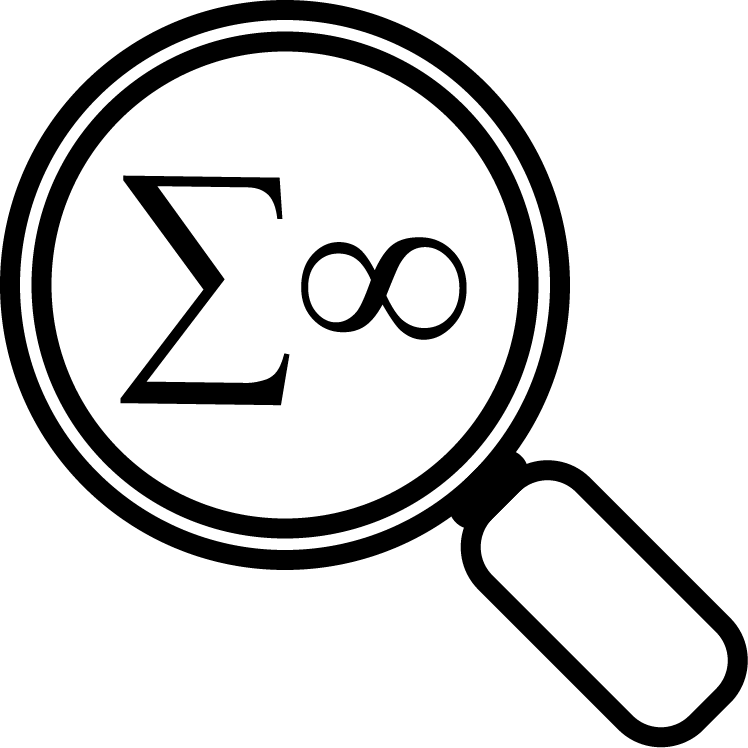Great decision accuracy can be achieved by groups through individuals having local interactions without communication
Background
Animals in moving groups must agree on a direction if they are to stay together. In many cases such as schools of fish individuals only have limited information about others due to crowding and limited vision. It remains a mystery quite how these large groups manage to coordinate their direction of travel as well as they do, because they can’t agree in advance where to go and they cannot verbally lead one another. It is also unlikely that many animals are clever enough to deliberately try to lead others.
Findings
We made a model of behaviour in which each individual moves according to 3 rules: (1) avoid getting too close to others, (2) align direction of travel with neighbours, (3) follow a preferred direction if they have information. We assume that only a few individuals have any information, the others only have rules (1) and (2). Even those these rules are very simple, only a few individuals are able to lead the group in the correct direction almost all the time. The large the group the smaller the proportion of informed individuals are needed to guide the group. Groups can make consensus decisions if even knowledgeable individuals do not know whether they prefer the same option as the majority or not, just by following simple rules that at the group level enable a decision between competing options.
Implications
Information can be transmitted through a group even if group members do not know who has information, by each individual following simple rules and just responding to their neighbours. There is no need to search for explicit signals or communication among social animals to explain their apparently clever group behaviour. Leadership just emerges from local interactions too, with knowledgeable individuals ending up at the front of groups, without having to communicate that they should lead.
Subject
Social behaviour
Subject Group
Zoology and Ecology
Keywords
decision-making
collective
fish
groups
movement
Posted by
AndrewDHigginson
on Fri Nov 10 2017
Article ID
F3ET2ZRKA
Details of original research article:
Couzin ID, Krause J, Franks NR, Levin SA. Effective leadership and decision-making in animal groups on the move. Nature. 2005;433:513-516. View the Thread Network for this Finding
View the Thread Network for this Finding
Preceded by:
Democratic decisions by animal groups give better average outcomes than decisions by a despot
Posted by: AndrewDHigginson Posted Fri Nov 10 2017
Followed by:
Bat groups are willing to split up rather than everyone go with the majority decision
Posted by: AndrewDHigginson Posted Fri Nov 10 2017
Groups of animals can stay together and make fast and accurate decisions if each individual mostly goes with the majority
Posted by: AndrewDHigginson Posted Fri Nov 10 2017
To better understand the behaviour of animals we need to combine two approaches: understanding why they make decisions and how they make decisions
Posted by: AndrewDHigginson Posted Fri Oct 27 2017
Leadership can evolve even without differences in need or ability
Posted by: AndrewDHigginson Posted Sun Oct 22 2017
Pigeons compromise over migration route, as long as they don’t disagree too much
Posted by: AndrewDHigginson Posted Sun Oct 22 2017
